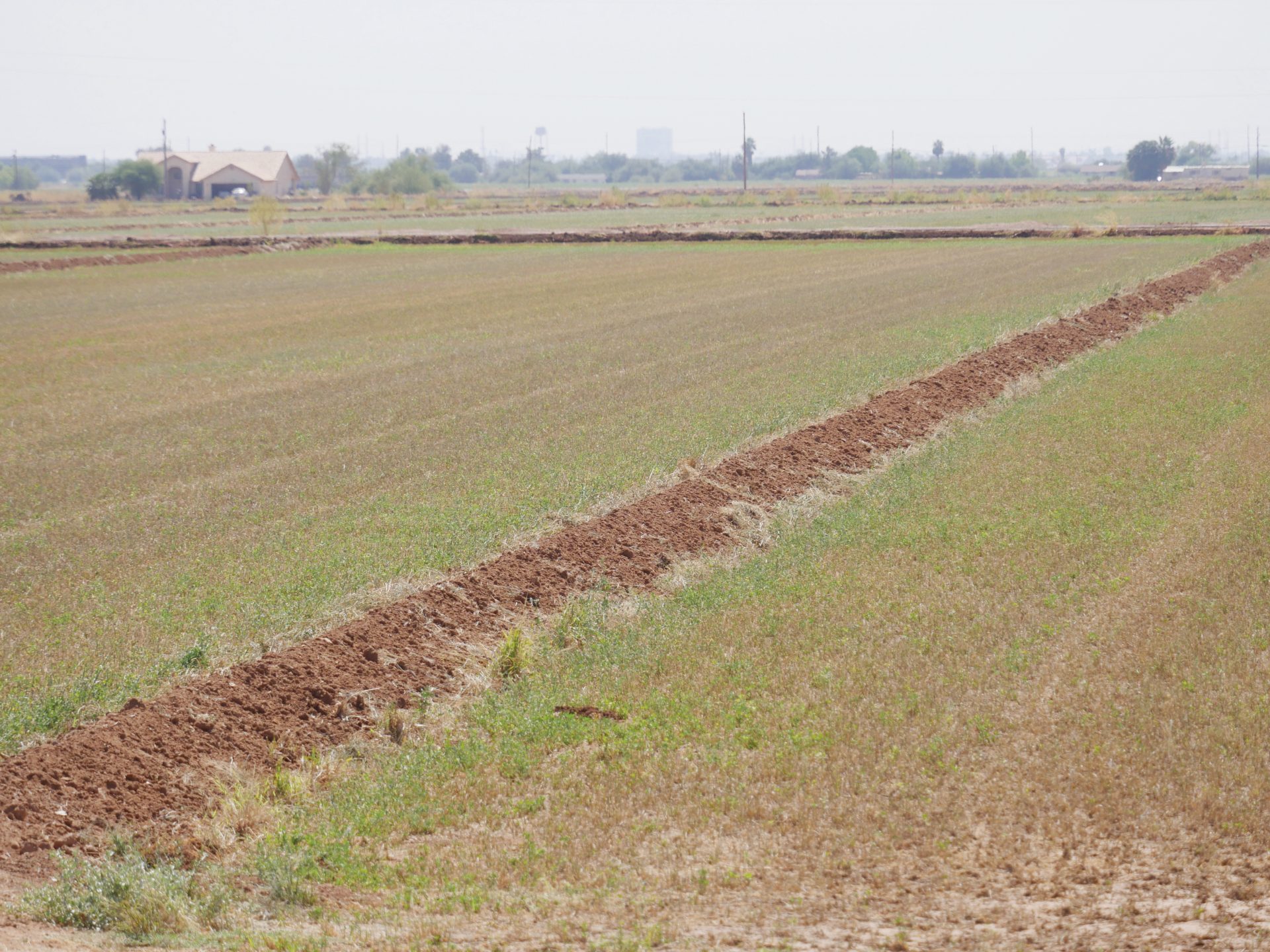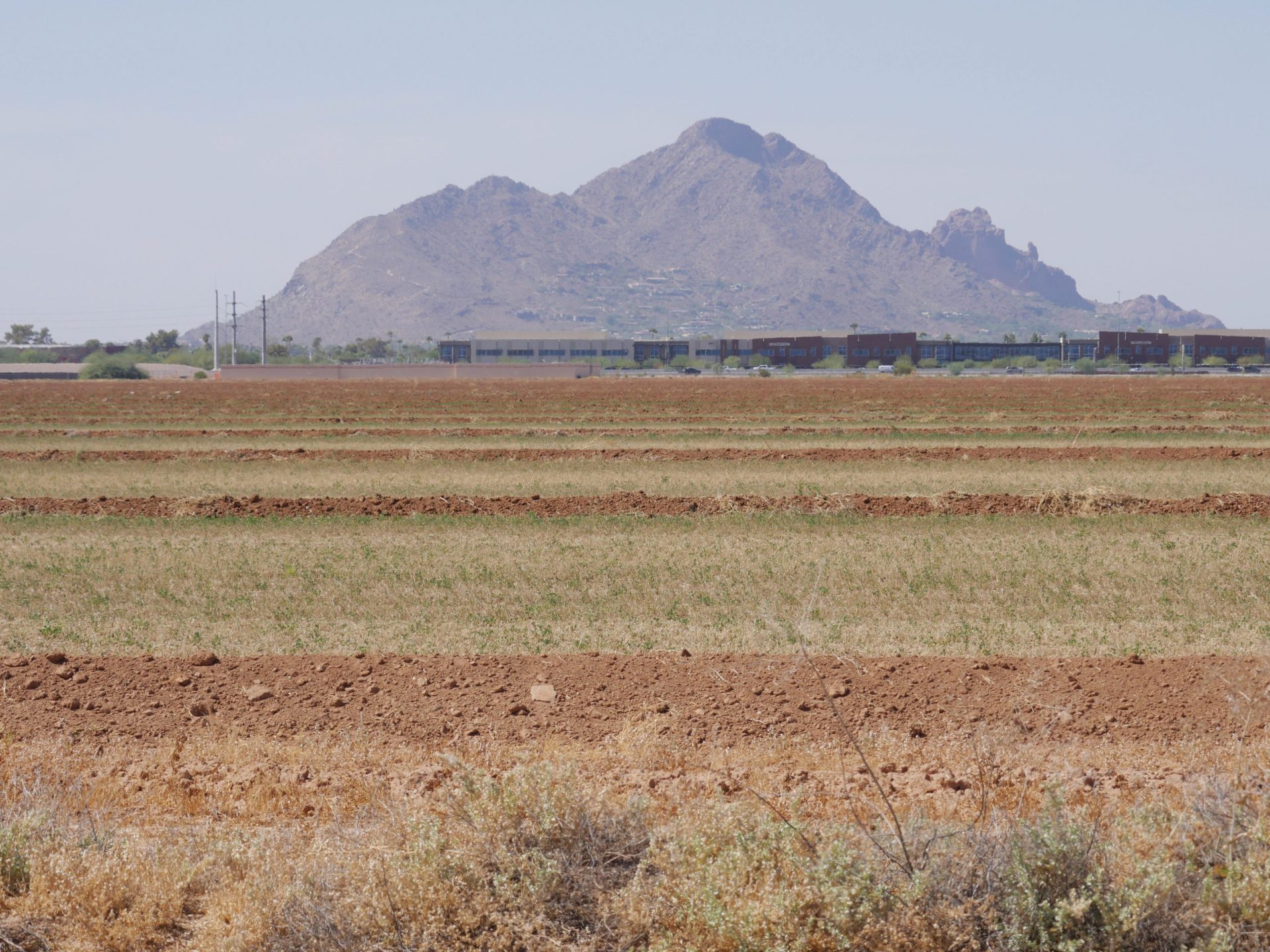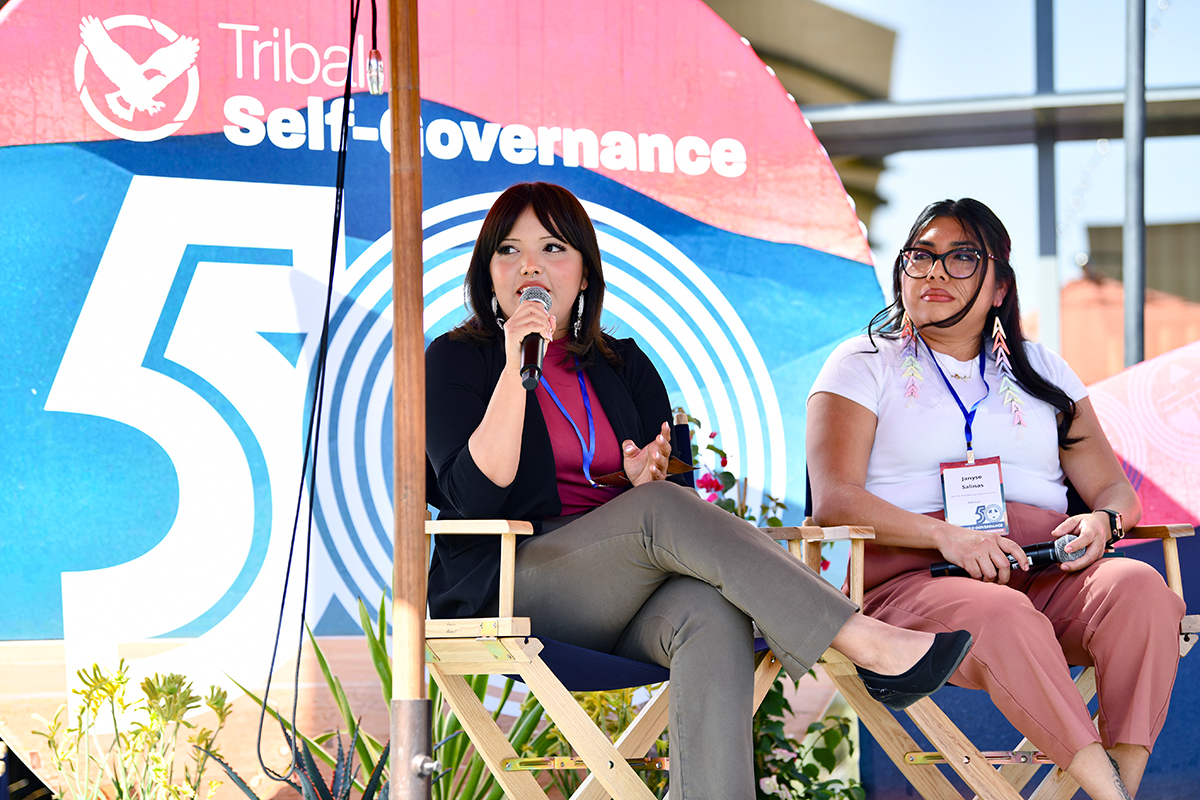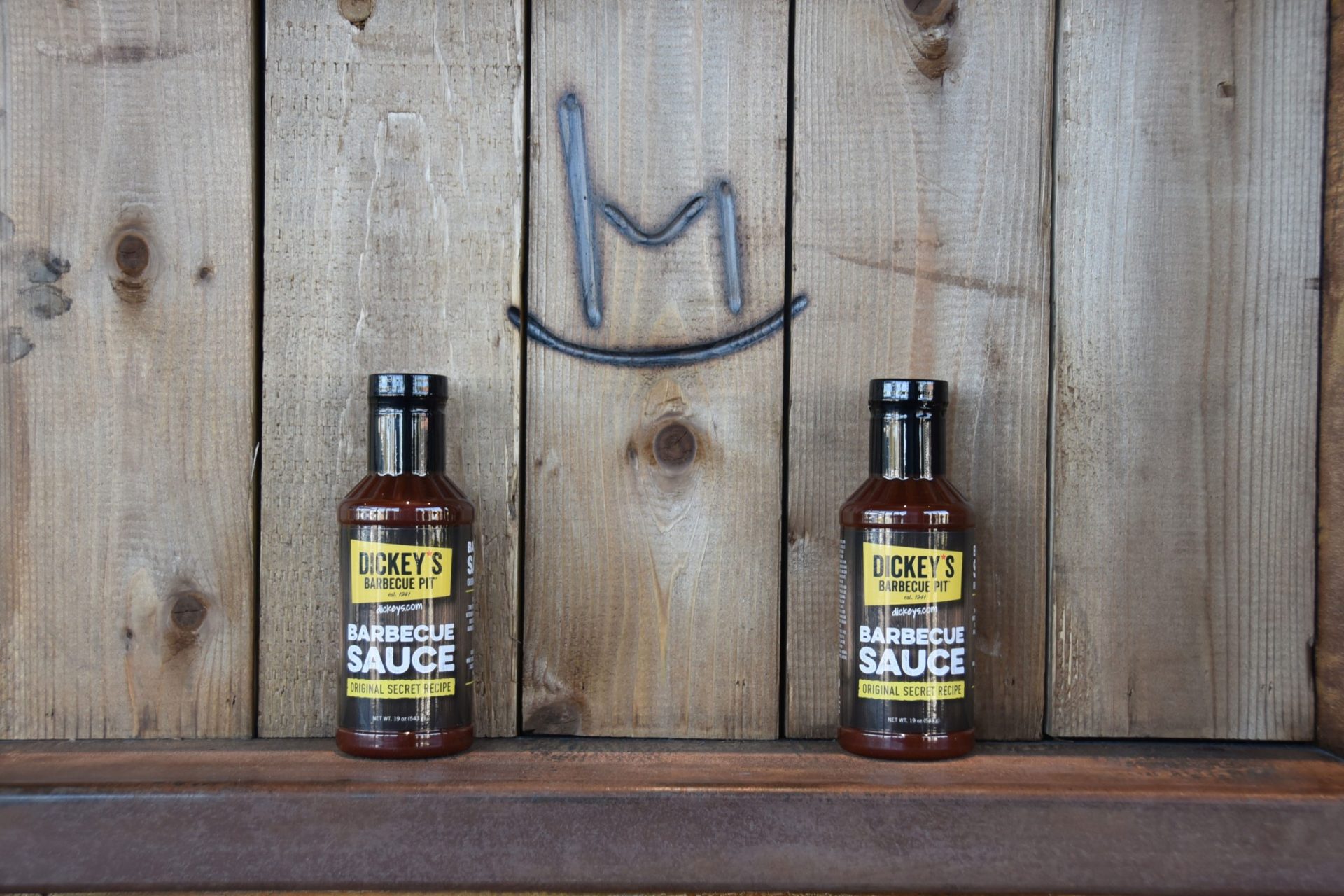VIEWS: 4009
October 14, 2020Three Decades of Harvesting for Rogers Brothers at SRPMIC
Rogers Brothers owner Kevin Rogers started working on the family-run farm at Salt River Pima-Maricopa Indian Community with his dad Richard over 30 years ago. After turning 60, Kevin Rogers reflected on his time spent here at the family farm in the Community, which he still runs with his dad, brothers and sister.
“I had just gotten married, and my brothers and I, along with my dad, picked up a couple of the leases on the reservation. So, I moved over here to the East Valley and started running the day-to-day operations of this farm,” said Rogers.
Rogers Brothers leases about 2,000 acres at SRPMIC and an additional 3,000 at Gila River Indian Community.
Here at SRPMIC, the farm predominantly grows alfalfa, except for a little bit of grain. The market drives what Rogers grows, and over the years the farm has had cotton, corn silage, wheat and barley. But Rogers says with the market situation today, his farm has specialized in almost 100% alfalfa.
Alfalfa grows year-round, so Rogers harvests somewhere on the farm every couple of weeks. Alfalfa is harvested every 30 days, so the harvests are staggered so as not to harvest all at once, which keeps production up.

Another field at SRPMIC that a farm like Rogers Brothers grows crops such as alfalfa.
Most of Rogers’ alfalfa right now goes to a dairy farm in Maricopa which has about 20,000 cows who need to be fed a couple of times a day. The dairy farm will come down to SRPMIC, “green chop” the alfalfa, and use it for dairy feed. According to the University of California, Davis, “green chop” is a harvest technique that involves cutting and chopping alfalfa into a feed wagon.
Rogers currently employs four to six farm workers on any given day to help with irrigation and tractor driving. During the harvest cycle, the harvest crews come in, and the number of workers will increase and rotate from farm to farm around the Valley.
The Valley summer heat can be challenging for farmers, and, depending on the cycles and the timing, the heat can require the farms to use more water. Some of the crops now have more heat resistance than others due to technological advances, but alfalfa does not yet have the capability, according to Rogers.
“The job that has been more of an issue for us is making sure we have water in the lakes, the reserves from the Salt River Project,” said Rogers. “That’s where the irrigation water comes from here at SRPMIC. As long as they have good snowpack and can keep our reservoirs up, that means we have access to water, which is critical for growing crops here in the Valley and in the Community.”
Rogers says he does the best job he can to fulfill the soil and give it the nutrients that it needs to stay healthy and produce. His children are now all in their 20s, and they have grown up working the land and driving tractors at SRPMIC, so Rogers says that he appreciates the Community allowing agriculture to stay here.
“We feel like we have a big stake in the production here, because if we can’t produce, we can’t survive and stay in business and be a good partner with the Community,” said Rogers. “We really try hard to be good partners, stewards and neighbors, and we work hard to hold up our end of the bargain and to do a great job for the Community so that they can be proud of seeing the crops grow here.”







